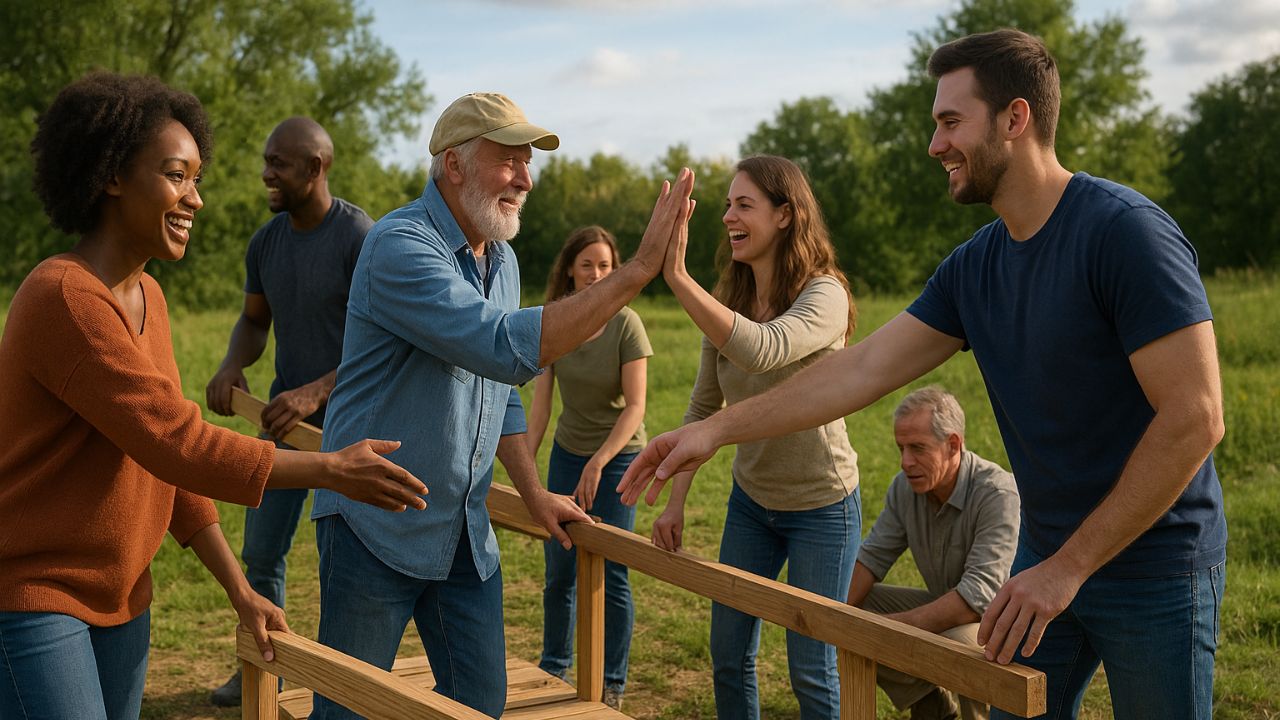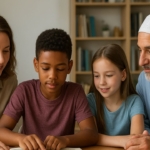Peacebuilding – The Utah Forest Dynamics Plot (UFDP), accessible at (http://ufdp.org), represents a profound initiative in the study of ecosystems and long-term forest dynamics, yet its essence extends beyond ecological research. At its core, UFDP reflects the spirit of collaboration, knowledge-sharing, and collective responsibility—all fundamental principles that resonate strongly with peacebuilding and community development. By bringing together scientists, researchers, and communities, UFDP exemplifies how partnerships rooted in respect and mutual goals can create a stronger, more resilient future. Just as forests thrive on diversity, communities flourish when individuals with different backgrounds, perspectives, and strengths come together to nurture understanding and cooperation. The insights gained from studying interconnections within natural ecosystems mirror the ways in which human societies can grow stronger through collaboration, dialogue, and inclusivity. Thus, UFDP is not only a model of scientific excellence but also an inspiring metaphor for building bridges that strengthen social harmony and sustainable peace.
The Power of Collaboration in Building Peace
Peacebuilding begins with collaboration—the willingness of individuals and groups to engage in open dialogue, share resources, and work toward common goals despite differences. In many ways, the principles of scientific collaboration seen in initiatives like UFDP provide valuable lessons for social development. When diverse groups unite around shared objectives, they transcend divisions and foster a culture of inclusivity. Collaboration also ensures that multiple voices and perspectives are valued, creating solutions that are holistic and equitable. Peace cannot be sustained through one-sided efforts; it requires the collective wisdom of communities working together to address challenges. Whether in ecological research or community building, collaboration serves as the foundation for trust, cooperation, and mutual growth. By promoting inclusivity and dialogue, societies can resolve conflicts, reduce misunderstandings, and create environments where peace becomes a lived reality rather than an abstract ideal.
Building Stronger Communities Through Dialogue
Dialogue is one of the most powerful tools for peacebuilding and community development. Just as scientists in projects like UFDP exchange findings and insights to better understand complex ecosystems, communities must engage in conversations that acknowledge differences while seeking common ground. Dialogue creates a safe space where individuals can express concerns, share experiences, and foster empathy. It transforms misunderstandings into opportunities for learning and reconciliation. A society that values dialogue empowers its members to move beyond conflict, recognizing that disagreements are not threats but opportunities for growth. In this way, dialogue strengthens communities by cultivating respect, deepening relationships, and ensuring that decisions are made with the well-being of all in mind. Building bridges through communication creates pathways to peace, enabling communities to thrive in unity while respecting diversity.
Peace as a Shared Responsibility
Peacebuilding is not the responsibility of governments or institutions alone—it is a shared responsibility that requires the active participation of every individual. Just as forests rely on each tree, shrub, and organism to maintain ecological balance, societies depend on the contributions of individuals to create harmony. When people commit to kindness, empathy, and fairness in their daily interactions, they strengthen the social fabric. Shared responsibility also means recognizing that peace is ongoing, requiring constant effort and vigilance. It involves teaching future generations the values of cooperation, justice, and compassion. Communities that embrace shared responsibility develop resilience, enabling them to withstand challenges and conflicts without fragmenting. By embracing this mindset, societies can ensure that peace is not fragile but deeply rooted in collective action and moral responsibility.
The Path Forward: Nurturing Sustainable Peace
Sustainable peace is not achieved overnight; it is cultivated through consistent efforts that blend education, empathy, and action. Just as UFDP monitors forests over decades to understand long-term changes, communities must invest in long-term strategies for peacebuilding. This involves creating institutions that promote equity, encouraging youth to become leaders in dialogue and reconciliation, and ensuring that development initiatives are inclusive and just. Nurturing sustainable peace requires patience, vision, and the recognition that every small effort contributes to a larger impact. The path forward lies in weaving together diverse voices, fostering collaboration, and ensuring that peace is not a temporary resolution but a lasting culture. By building bridges and strengthening communities, societies can create a world where harmony, justice, and compassion are enduring values guiding human progress.



